Military Explores Innovative Ketamine Infusers to Enhance Battlefield Medicine
In an effort to enhance the quality of medical care for wounded service members, the military is exploring the potential of ketamine infusers, which have shown promise in alleviating pain and could play a vital role in future conflicts. Developed by the California-based company Bexson Biomedical, these infusers have piqued the interest of Air Force officials who are collaborating on their application.
The innovative device, roughly akin to an insulin pump used by diabetes patients, offers a unique approach to pain management on the battlefield. Notably, this cutting-edge technology was recently subjected to a drone transport simulation in a military exercise held in Michigan this summer, underscoring its potential to improve medical care under battlefield conditions.
Ketamine, often associated with its hallucinogenic use as a recreational drug in recent decades, has a longstanding history as a short-term anesthetic dating back to the Vietnam War. In more recent conflicts, combat medics have increasingly turned to ketamine as a means of pain relief for wounded soldiers. A 2021 study published in Military Medicine revealed a significant surge in ketamine’s use, with its contribution to combat injuries rising from less than 1% to 11% in Iraq and Afghanistan from 2011 to 2016.
Air Force Lt. Col. David Brewer, program director of AIM-HI, an Air National Guard technology program, explains that the military’s interest in this novel device stems from the concern of high casualty rates during wartime, potentially straining medics’ capacity to provide timely care. Brewer envisions this technology as an adaptive solution to meet the demands of future wartime environments, particularly in cases resembling the elevated casualty rates observed on the front lines of Ukraine.
Traditional intravenous ketamine delivery requires the insertion of a needle, a process that can consume valuable time in a chaotic battlefield setting. Current methods of administering ketamine take an average of eight minutes, while the innovative infuser requires just 30 seconds for application, potentially freeing up medics to attend to more patients. Additionally, needle-based delivery demands the presence of trained medics and a readily available supply of saline solution, which might be in short supply during a large-scale conflict.
The inspiration for this groundbreaking technology came from a group of five service members at AIM-HI, tasked with improving combat field medicine. They stumbled upon the ketamine infuser, designed to be worn on the body like an insulin pump. The device, which houses a preloaded cartridge with six milliliters of ketamine, simplifies the delivery process, enabling either a medic or a patient to swiftly apply the device.
Gregg Peterson, CEO of Bexson Biomedical, describes the device’s operation as remarkably user-friendly. He explains that the medic can remove it from the blister pack, or in civilian contexts, the patient can apply it themselves and press the activation button. This simplicity is key in high-stress, resource-scarce battlefield situations.
To evaluate the infuser’s robustness and suitability for military use, Bexson Biomedical brought a ketamine-free version of the device to the Northern Strike military exercise in Michigan in August. During the exercise, Army medics tested the device’s resilience by attaching it to dummies and human subjects, as well as integrating it onto a helicopter. Notably, a quadcopter drone transported several infusers over a distance of 35 miles, further confirming its potential for widespread deployment.
Bexson Biomedical has received invitations to participate in future military exercises in Michigan and North Carolina, indicative of the growing interest in their innovative solution. However, the company is still in pursuit of FDA approval for both their device and ketamine formula. With animal testing now completed, they plan to commence human trials next year.
Air Force’s David Brewer is optimistic about the technology’s potential, expressing his hope for securing funding to further advance Bexson’s prototype. He envisions that this cutting-edge medical innovation could be in the hands of medics within the next three to five years, revolutionizing pain management on the battlefield and potentially saving lives in future conflicts.
By enhancing pain relief capabilities and streamlining the delivery process, the ketamine infuser offers a promising glimpse into the future of combat field medicine, ensuring that wounded service members receive timely and effective care in the most challenging of circumstances.
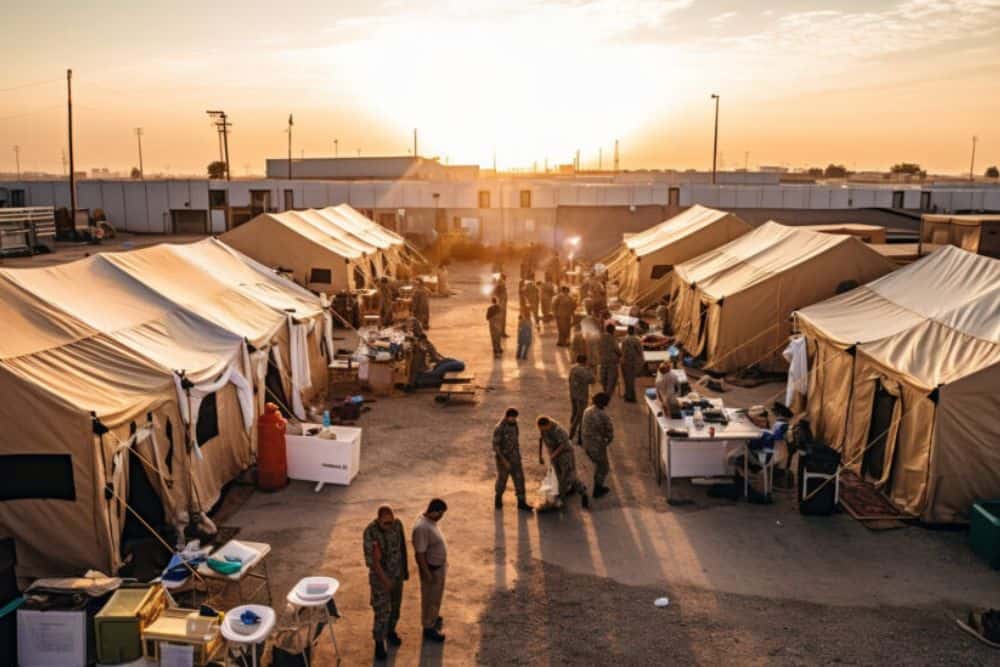
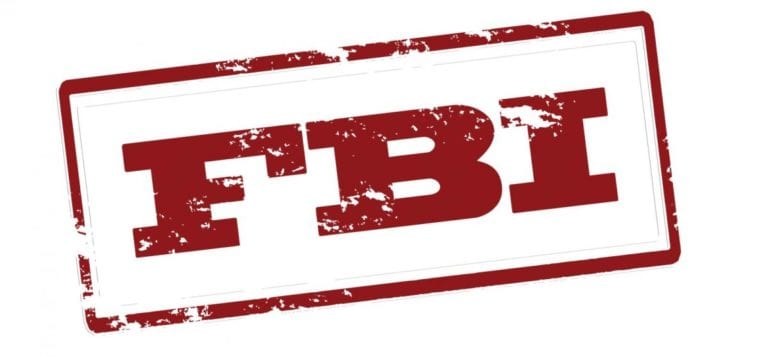
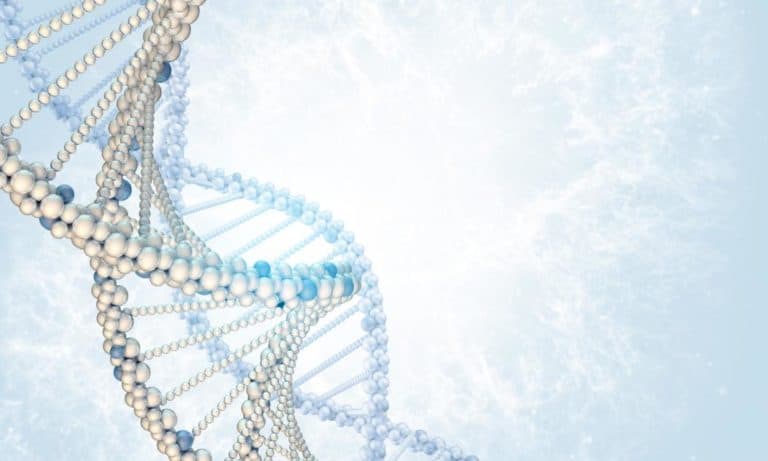
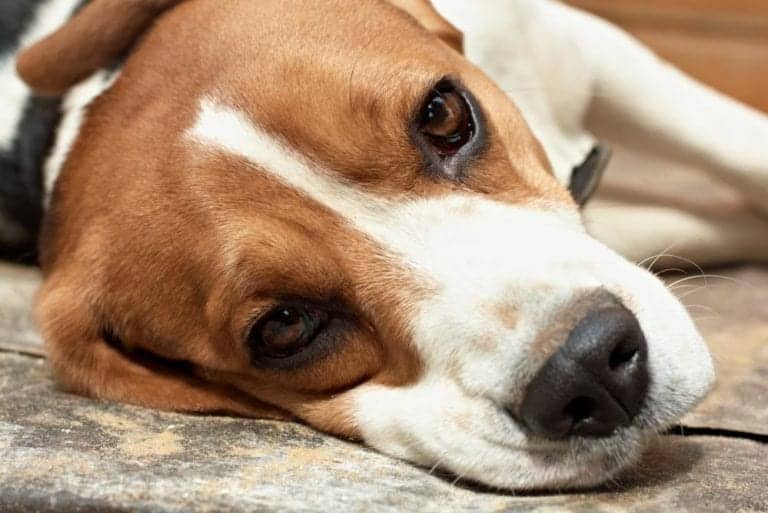
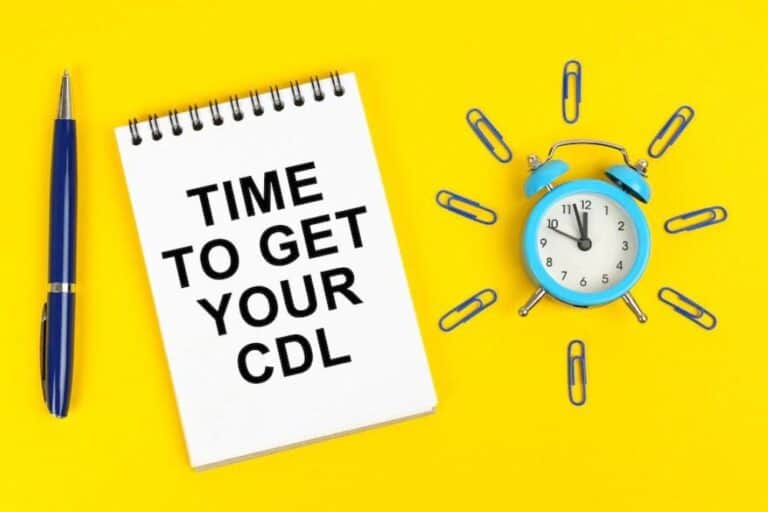
Why the VA and the DOD are so Hell bent on experimenting with Pain and PTSD drugs that they already ‘know’ have serious side effects is beyond me!
Nobody knows “The Truth About Veterans Suicides” better than the 110th Congress and the Vietnam Veterans VA Mental Health volunteered for H.R. 841 in 1991.
The Science that will ‘prevent’ Military and Veteran Suicides as well as 90% of Mass Shootings in America was concluded on page 63 (and ignored) by the 111th Congress on 24 Feb 2010. “Exploring the Relationship Between Medication and Veteran Suicide”
Yeah people were putting that stuff up their nose for kicks in 2001 time period. Plus booze, MDMA, weed… you name it. Big party before 9-11.
In December my health took a turn for the worse I became very weak fast and could not even eat When I say fast I mean going from eating a full plate of food to three days later not being able to drink a a sip of water I went to VA hospital emergency room for dehydration and figure they schedule me for a feeling tube placement They admitted me and two weeks later I woke up to my standing over me in the hospital room this occurred during my second or third drug holiday from Radicava Again no way to know if what I experienced was a side effect When I was discharged I was completely paralyzed So i started on Ayurvedic treatment from Natural Herbs Centre as time went on movement returned to my legs and to my arms and hands Able to hold my head up and strength has returned I give credit to God and NHC for my recovery Almost forgot to mention I was on 24 hours ventilation Now only use vent at night and during naps Was diagnosed in 2021 with ALS, I urge you to seek out naturalherbscentre. com. We’re a little scared to tell everyone because some people might not believe us, since there’s no cure for ALS. But when I saw this post, I decided to share our story. This treatment is a breakthrough!